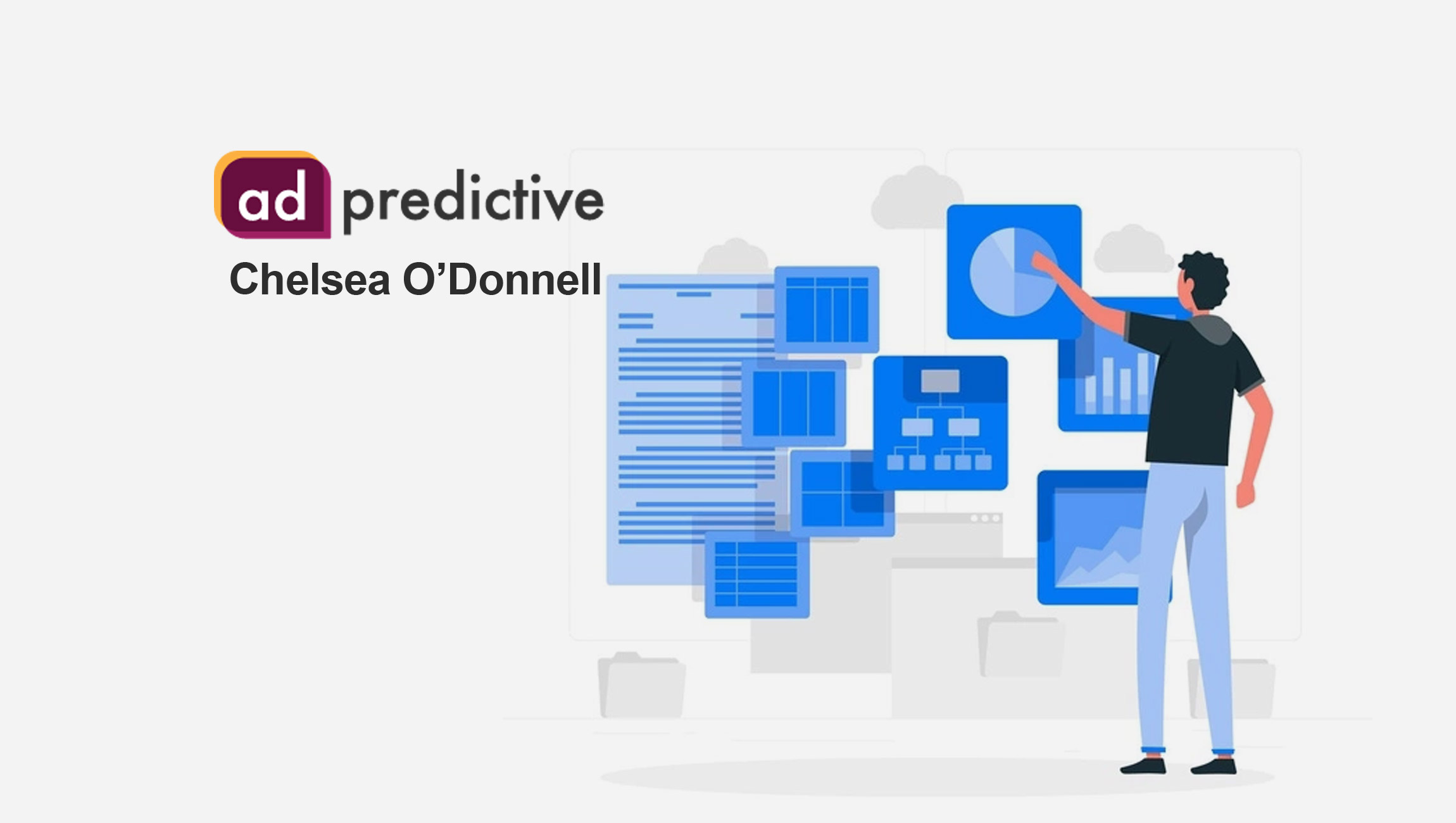The importance of third-party data has reached an inflection point as marketers enter a new, more strategic phase in the intelligence collection process. The industry is taking a step back to evaluate how to use the information they are getting in more effective and integrated ways.
Triggered initially by the move to a “cookieless” environment, marketers are increasingly questioning the value of third-party data for more than just privacy controls — they are also questioning the traditional practices by which the data is both collected and analyzed. Now, as sources of data proliferate, brand managers and their agencies can finally do some comparison shopping.
Marketing Technology News: Sensibill Named a Top Growing Company by The Globe and Mail for the Second Consecutive Year
Getting Around the Feedback Loop
Third-party data has always promised more than it delivers. No single data set is omniscient and given differing collection models and technologies, the results from individual data providers can and do vary. Unfortunately, this inherent lack of consistency complicates life for marketers as they seek more clarity to target new and more precise audiences. At the same time, consumer mistrust has spiked as data collection grows more ubiquitous and regulators impose new privacy restrictions on the private sector.
The issues go well beyond privacy, however. Cookies promised marketers a wealth of insight into consumer behavior and preferences across the global digital landscape. The abundance of this data made media planning a snap and the constant flow of campaign metrics further validated the strategies created by those handy metrics. That feedback loop short circuits, however, when marketing professionals try to wire the data – or its look-alikes — into their enterprises.
For reasonable proprietary purposes, third-party providers have kept their methodologies to themselves. But that means marketers can’t get beneath the surface when they want to dig into generic aggregates for basic details — say income levels or ages. Marketers usually find themselves trapped in a black box when they want to independently cross-check or match a given provider’s data with another source. As a result, marketers find themselves joined at the hip with third parties, unable to go in different directions that might take the guesswork out of audience targeting and make campaign strategies more effective.
The Unique Consumer
No wonder brands continue to ask two key questions: who are my customers and what makes them tick?
To answer the first part, it is reasonable to start with the digital equivalent of fingerprints: email addresses. These cornerstones of identity mostly connect to a real person, but even up-to-date lists, scrubbed of fraud and verified for consent, have to be augmented with 3rd party data in order to better understand who that person is beyond how they interact with a brand. Moreover, managing the risks of privacy violations makes email from third parties especially tricky.
While they are a one-to-few unique identifier, IP addresses offer another path to shed more light on the consumer and their journey. To the extent that marketers can see how customers interact on multiple devices, they know much more about consumption patterns and how they unfold. Mobile IDs are another unique identifier that can contribute meaningful data to the mix.
Another relatively new information stream is available in the lake of consumer data and linking it to other data sources will change the entire ecosystem. Smart TVs are a game changer. For the first time, we can verify the connection between viewers’ entertainment consumption and purchasing decisions. For the generations of marketers who struggled to determine the ROI of television advertising, smart TV data will virtually eliminate the guesswork of their most expensive media buy.
Links between digital channels and consumer platforms don’t fully answer marketers’ second fundamental question about what makes their customers tick. In the final analysis, consumer identities are rooted in our offline lives, perhaps more deeply than the connection with brands we buy or the media we consume. Data provider metrics may not factor in these attributes: family make-up, neighborhood, education, or religion. Audience personas can overlook income levels and employment status. As we know, politics and voting are driving behavior online more overtly than ever. Furthermore, public service and charitable giving may reflect expressions of our identity far more deeply than buying habits.
Marketing Technology News: MarTech Interview with Phil Gray, Chief Innovation Officer at Interactions LLC
Combining and Connecting First And Third- Party Data
In the normal course of business, some enterprises collect valuable information about their customers directly. Unfortunately, the enterprise data usually sits in separate department silos across the operation. Finance may not share with Marketing, which doesn’t interact with Logistics and Shipping, while CRM systems don’t capture information from Customer Service phone lines, POS systems or website chats. For many brands, the work required to aggregate and distill so many inputs into a coherent and useful first-party data set represents a major strategic challenge.
Going forward, many brands and agencies will overcome these challenges. They will successfully create or partner with coherent and actionable platforms that support data sharing and optimization. Importantly, even as they integrate and aggregate data from silos across their operations, the most successful data platforms will allow marketers to connect and combine first and third-party data sets.
Eye-Opening Results
The results are already apparent and exciting as more brands integrate systems and develop practices that break down silos and seamlessly merge outside information sources. These initiatives give users a radical new transparency into the identities and influences of their customers.
Today, we can find those unique and relevant consumers more quickly and effectively than ever. The combination of first-party IDs – emails or IPs from app users and website browsers, for example, can be combined with demographics as well as behavioral or psychographic attributes that determine consumption.
The results are usually eye-opening. At AdPredictive, some clients have multiplied their audience attributes tenfold. Among those who mix their customer IDs with third-party profiles, match rates can be as high as 40 percent. More attributes vastly expand the options for slicing and dicing audiences and building targets that mirror current real customer attributes, from GenX churchgoers to boomers on fixed incomes. All of which is delivering a new level of precision and creative flexibility.
In the cookieless paradigm, the mixing of first-party and third-party consumer data will become much more effective and useful. Marketers are finding they don’t need to rely on traditional practices, third-party data providers or black box data channels. Nor should they. Those who work with providers that offer flexibility, transparency and control will succeed. And most importantly, customers’ relationships with brands will thrive.
Marketing Technology News: Audience Targeting in Local Media Markets: More Than a Sum of Its Parts











